Horse racing has entranced spectators for centuries. Some of the earliest accounts of jockeys and their race horses date back to the Greek Olympic Games, when riders rode bareback and hitched their horses to chariots [1].
Since then, it’s only become more of a spectacle.
A modern day at the races can include a variety of activities, from wagering for “the favorite” to dining on top menu items at close-by restaurants and eateries. Luckily, you don’t have to be a track rat to enjoy all that horse racing has to offer.
For all those Wager Warriors making their way to their first day at the track, we’re outlining everything there is to know when visiting a Pennsylvania horse race for the first time.
#1 There are Two Types of Tracks
In Pennsylvania racing, there are two types of horse tracks, each with their own sets of rules and traditions: Thoroughbred racing and harness racing.
Thoroughbred racing is the type of racing you see in movies like Secretariat, in which a jockey will run a Thoroughbred horse at high speeds on a flat dirt, turf, or synthetic track.
Okay, let’s pause. What exactly is a Thoroughbred horse?
They’re a breed of horse that’s bred specifically for horse racing. That is, they’re particularly agile and speedy—and descendants of English, Arabian, Barb, and Turkoman stallions. They’ll use a four beat gait when racing.
The races can range from five furlongs—that’s ⅝ of a mile— to one and a half miles. The jockey and the horse will also match colors, known as silks, which onlookers and industry professionals can use to identify the race team.
In Pennsylvania, you’ll find Thoroughbred races at Parx Casino, Presque Isle Downs, and Penn National Race Course.
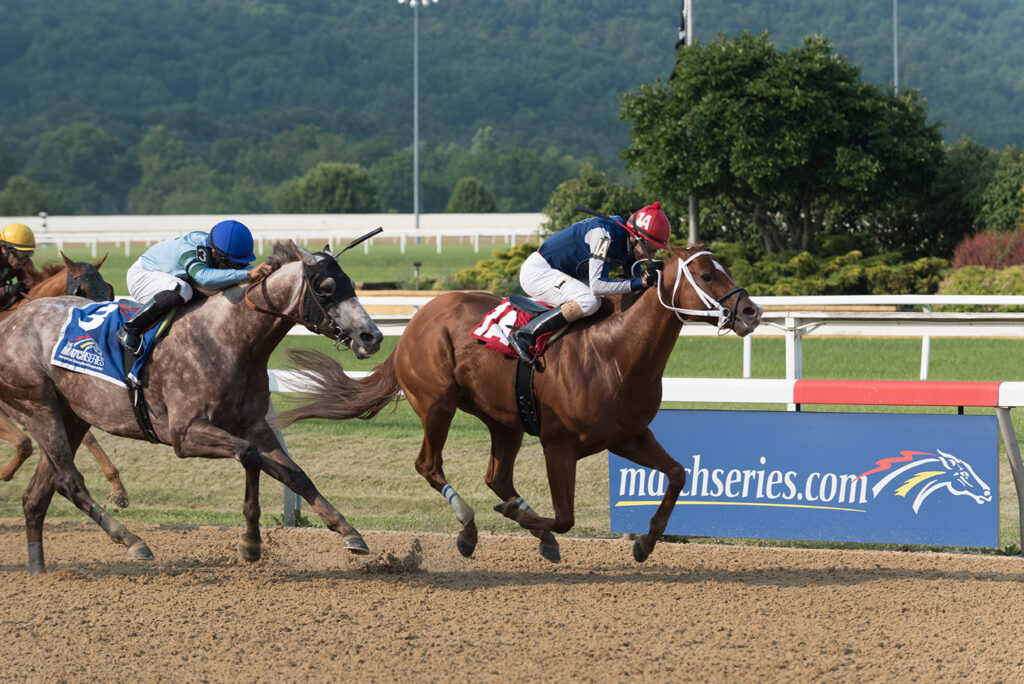
Similar to the Greek chariots, harness racing involves harnessing a horse to a two-wheeled cart, called a race bike, that’s driven by a sitting driver, or reinsman. In this style of racing, which is particularly popular in New Zealand and Australia, Standardbred horses are used. These horses are bred to have powerful legs and shoulders.
Harness races will typically stretch one mile to one and a half miles.
Unlike Thoroughbred racing, harness racing allows trotting, pacing, or a two-beat diagonal gait [3]. You’ll find these kinds of races in Pennsylvania at the Meadows, The Downs at Mohegan Pennsylvania and Harrah’s Philadelphia.
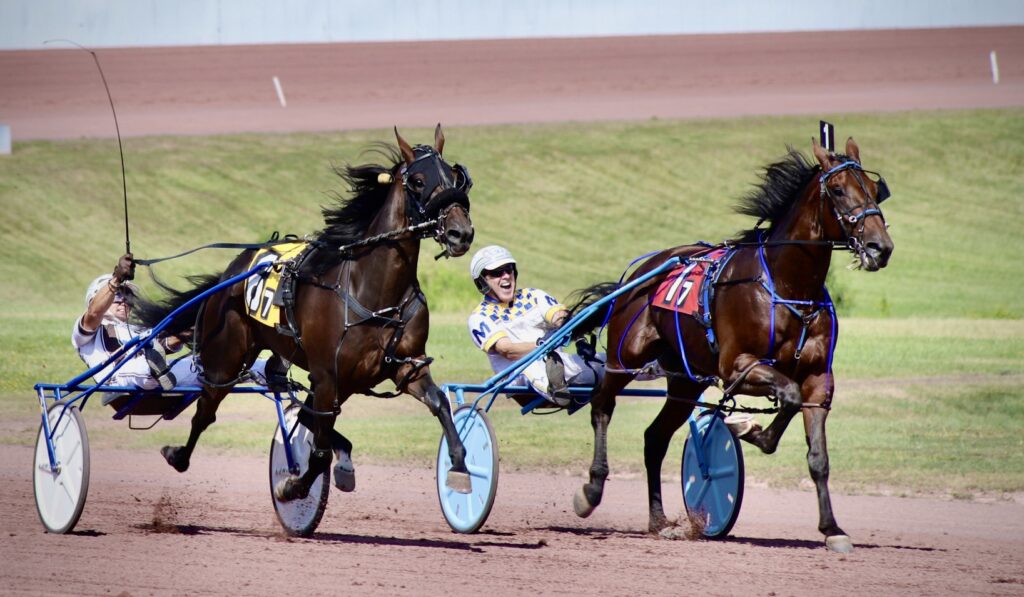
#2 You’ll Want to Keep an Eye Out For Key Features
When attending a horse race, you’ll want to pay special attention to a few things that will help you better understand the race and predict its outcome. These include:
- Warmups – Prior to the start of the race, the track will often hold practice sessions in which onlookers can observe the horses’ behavior, running style, and performance. By identifying how the horses and their jockeys or drivers work together, you can make more educated guesses about potential winners and losers.
- Starting gate – A starting gate, which in Thoroughbred racing is also called a starting barrier or starting stall, is a machine that prevents the horses from entering the track before the starting bell. The assistant starter ensures that the jockey is secure and the horses’ feet and heads are facing forward. At harness races, you’ll often see a motorized starting gate, driven by a car or truck. In either case, while the horses are loaded into or heading toward their gates, observe how they react and if they’re reluctant to enter. Skittish horses often aren’t the strongest racers and may falter on the track
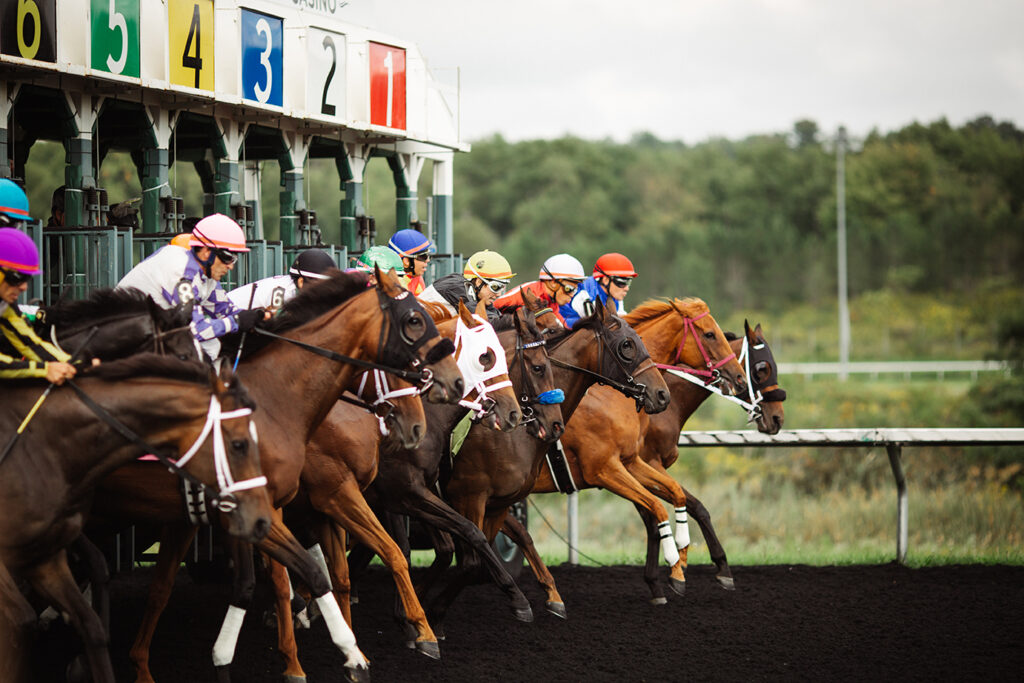
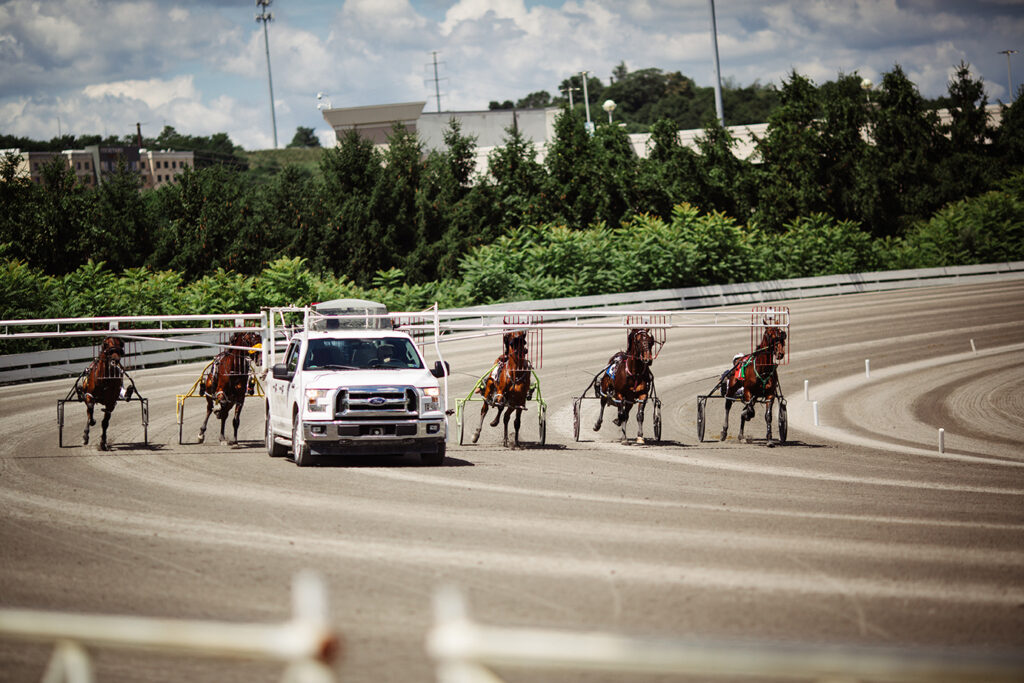
- Jockeys and Drivers – The jockey or driver can play a key role in the performance of the race horse. Before the race begins, take note of their riding style and track record. If there appears to be tension between the jockey or driver and their horse, they’re unlikely to perform well during the race.
- Track conditions – Similarly, the conditions of the track can largely impact the outcome of the race. If it recently rained, muddy tracks can slow down the horses. Conversely, dry tracks are often optimal racing conditions. That said, some horses may perform differently on different types of tracks, which can include dirt or synthetic materials.
- Finish line – The finish line is indicated by a pole with a red outline and white center. As the horses cross the line, pay attention to the positioning of each horses’ head. The first nose over the line is the winner.
#3 There’s More to Do Besides Spectating the Race
In Pennsylvania, there are six horse tracks you can attend: Harrah’s Philadelphia, Penn National, Parx Casino, Mohegan Pennsylvania, Presque Isle Downs & Casino, and Hollywood Casino at The Meadows.
And all six offer a bevy of food and drink options.
For example, Harrah’s Philadelphia features five eateries that you can order for pickup or delivery straight to your seat, so you don’t miss a beat. Offerings range from classic tavern eats to Asian dishes.
And there’s plenty of betting options, too—just make your way down to the betting window or self-service kiosk of your track. If you are feeling a little lost in this area, our Wager Warriors are here to help!
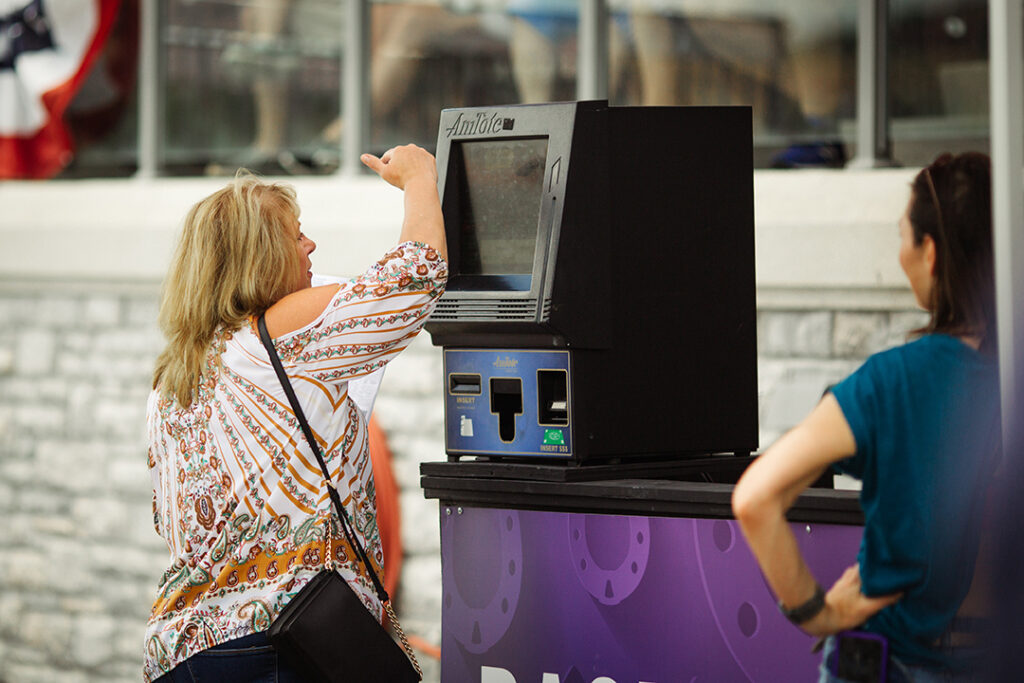
Learn the Basics of Horse Racing With PHRA
At Pennsylvania Horse Racing Association (PHRA), we strive to make your day at the races a memorable experience. Whether you’re a seasoned racing fan or a first-time attendee, we’ve got you covered with all the information you need to make the most of your day at the track. Our mission is to not only promote, but to revitalize both Thoroughbred and harness racing throughout Pennsylvania.
And we’re passionate about bringing new life to the sport and sharing our love for horse racing as we unveil our Racing 101 series.

Blog Header Image: Thoroughbred horse at Parx Casin











